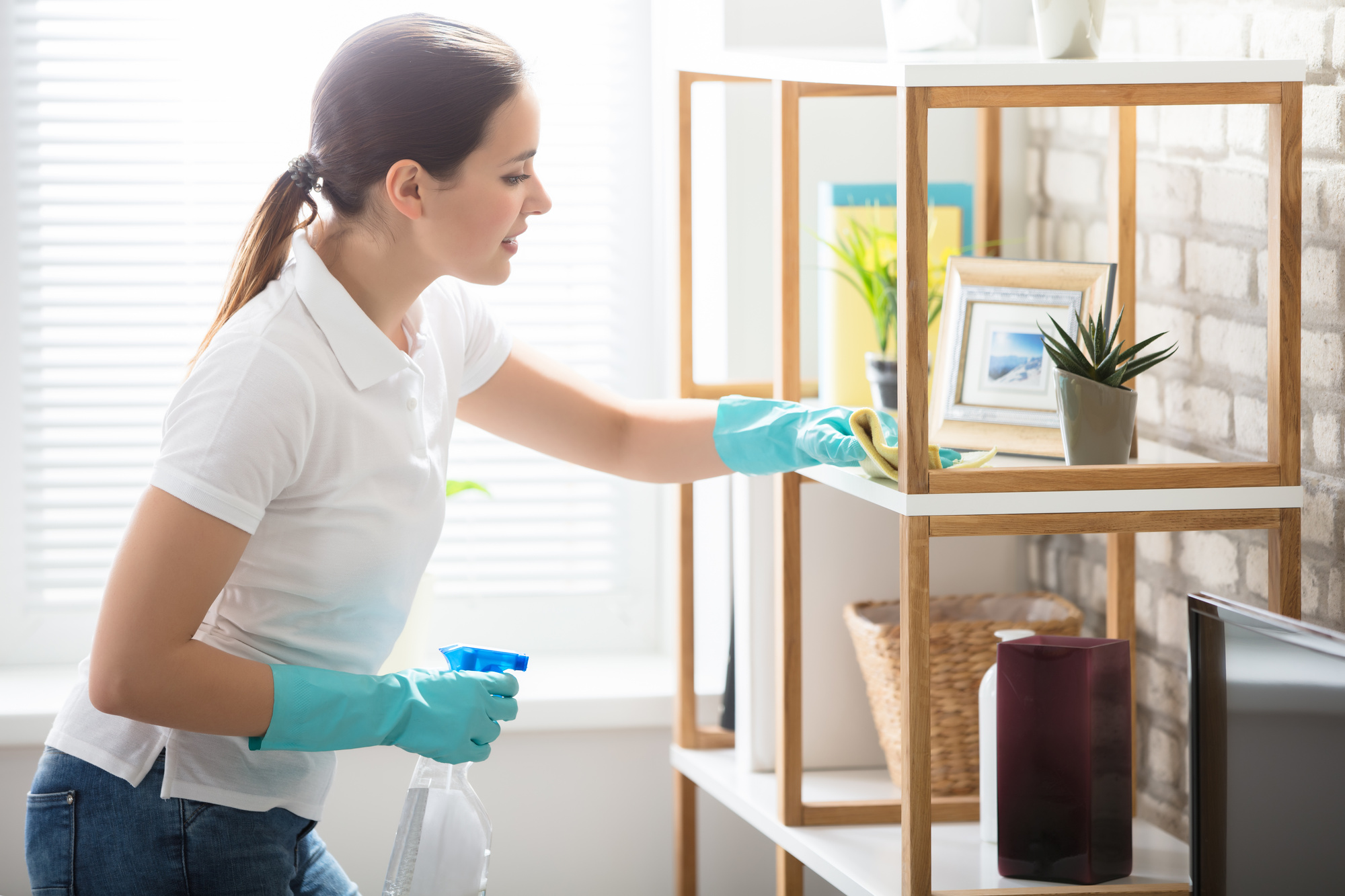
The Ultimate Guide to Cleaning Alcantara in High-End Interiors
Alcantara, a luxurious and versatile material, has become a staple in high-end interiors, adorning everything from car seats and steering wheels to furniture and wall coverings. Its soft, suede-like texture and exceptional durability make it a favorite among designers and discerning owners. However, despite its resilience, Alcantara requires proper care to maintain its pristine appearance and prevent damage. This guide provides a comprehensive approach to cleaning Alcantara, ensuring your cherished interiors remain in impeccable condition.
Understanding Alcantara: A Unique Material
Before diving into cleaning methods, it’s essential to understand what Alcantara is. Unlike natural suede or leather, Alcantara is a synthetic composite material made from approximately 68% polyester and 32% polyurethane. This blend provides several advantages:
- Durability: Alcantara is highly resistant to wear and tear, fading, and staining compared to natural materials.
- Breathability: Its porous structure allows for excellent airflow, keeping it cool and comfortable.
- Lightweight: Alcantara is lighter than leather, making it suitable for various applications.
- Easy Maintenance: With the right techniques, Alcantara is relatively easy to clean and maintain.
The Importance of Regular Cleaning
Regular cleaning is crucial to preserving the beauty and longevity of Alcantara. Dust, dirt, oils, and spills can accumulate over time, leading to discoloration, matting, and even permanent stains. A proactive cleaning routine prevents these issues and keeps your Alcantara looking its best.
Essential Tools and Supplies
Before embarking on any cleaning process, gather the necessary tools and supplies:
- Microfiber Cloths: Soft, lint-free microfiber cloths are ideal for wiping and absorbing liquids.
- Soft-Bristled Brush: A gentle brush helps loosen dirt and debris without damaging the Alcantara fibers.
- Vacuum Cleaner with Upholstery Attachment: A vacuum cleaner with a soft brush attachment effectively removes loose particles.
- Distilled Water: Using distilled water prevents mineral deposits that can stain the material.
- Mild Detergent or Alcantara Cleaner: A pH-neutral detergent or a specialized Alcantara cleaner is essential for removing stains.
- Spray Bottle: A spray bottle allows for controlled application of cleaning solutions.
- Clean Towels: Use clean, absorbent towels to blot excess moisture.
- Latex Gloves: To protect your hands from chemicals.
General Cleaning Steps for Alcantara
Follow these steps for routine cleaning of Alcantara surfaces:
-
Vacuum: Use the upholstery attachment on your vacuum cleaner to thoroughly remove loose dirt, dust, and debris. Pay attention to seams, crevices, and areas prone to accumulation.
-
Wipe with Damp Cloth: Lightly dampen a clean microfiber cloth with distilled water. Gently wipe the Alcantara surface in a circular motion. Avoid soaking the material.
-
Dry with Clean Towel: Use a clean, dry towel to blot any excess moisture.
-
Brush: After drying, use a soft-bristled brush to gently restore the nap of the Alcantara. Brush in the direction of the fibers to maintain its soft texture.
Addressing Stains on Alcantara
Stains require more targeted treatment. Here’s how to handle common types of stains:
-
Water-Based Stains (e.g., coffee, juice, soda):
- Blot the stain immediately with a clean microfiber cloth to absorb as much liquid as possible.
- Mix a small amount of mild, pH-neutral detergent with distilled water.
- Lightly dampen a clean cloth with the solution and gently blot the stain. Avoid rubbing.
- Rinse the area with a clean, damp cloth to remove any detergent residue.
- Blot dry with a clean towel and brush the fibers.
-
Oil-Based Stains (e.g., grease, oil, lipstick):
- Blot the stain with a clean cloth to remove excess oil.
- Apply a small amount of a specialized Alcantara cleaner or a solvent-based spot remover (test in an inconspicuous area first).
- Gently blot the stain with a clean cloth, working from the outside in.
- Rinse the area with a clean, damp cloth.
- Blot dry with a clean towel and brush the fibers.
-
Solid Stains (e.g., mud, food particles):
- Allow the stain to dry completely.
- Gently brush away the dried particles with a soft-bristled brush or vacuum with the upholstery attachment.
- If any residue remains, follow the steps for water-based or oil-based stains, depending on the nature of the stain.
Specific Considerations for High-End Interiors
When cleaning Alcantara in high-end interiors, consider the following:
- Colorfastness: Before using any cleaning solution, test it on an inconspicuous area to ensure it doesn’t cause discoloration.
- Professional Cleaning: For extensive or stubborn stains, consider hiring a professional upholstery cleaner experienced with Alcantara.
- Furniture Care: For Alcantara-covered furniture, use furniture covers or throws to protect against spills and stains.
- Automotive Interiors: In cars, avoid leaving Alcantara seats exposed to direct sunlight for extended periods, as this can cause fading.
Products to Avoid
Avoid using the following products on Alcantara:
- Harsh Chemicals: Bleach, ammonia, and other harsh chemicals can damage the fibers and cause discoloration.
- Abrasive Cleaners: Avoid abrasive sponges or scrub brushes, as they can scratch and damage the surface.
- Excessive Water: Over-wetting Alcantara can lead to water stains and shrinkage.
Tips for Maintaining Alcantara
- Regular Vacuuming: Vacuum Alcantara surfaces regularly to prevent dirt and dust buildup.
- Immediate Stain Treatment: Address spills and stains as soon as they occur to prevent them from setting.
- Professional Cleaning: Schedule professional cleaning every 12-18 months to maintain the Alcantara’s appearance and extend its lifespan.
- Avoid Direct Sunlight: Minimize exposure to direct sunlight to prevent fading.
- Use Protective Products: Consider using Alcantara-specific protectant sprays to repel stains and water.
Conclusion
Cleaning Alcantara in high-end interiors requires a delicate balance of thoroughness and care. By following these guidelines, you can maintain the luxurious appearance and longevity of your Alcantara surfaces, ensuring they continue to enhance the elegance and comfort of your living spaces. Regular cleaning, prompt stain treatment, and the use of appropriate products will keep your Alcantara looking its best for years to come.
